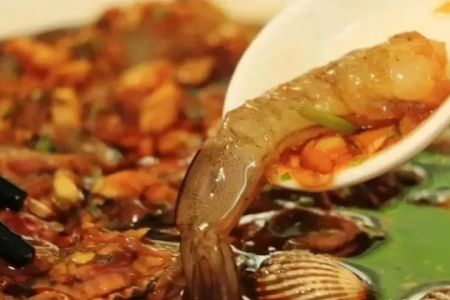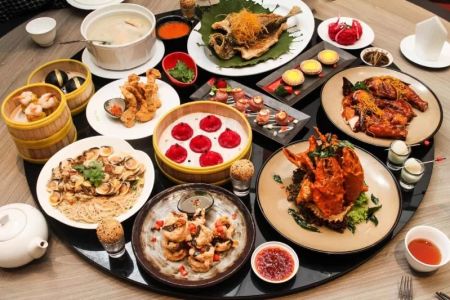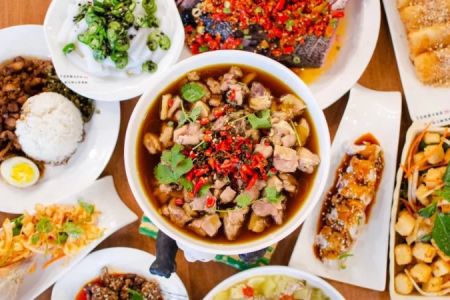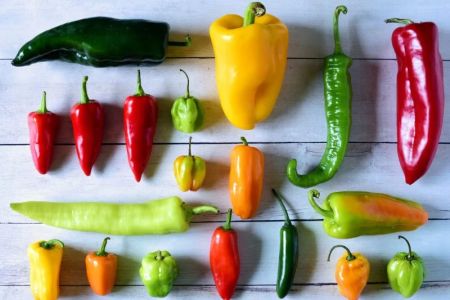- 1 - Origin of Chinese Steamed Fish
- 2 - Choosing the Right Fish
- 3 - Key Role of Ginger and Scallions
- 4 - Step by Step Cooking Method
- 5 - Real Life Story and Cultural Significance
- 6 - Common Mistakes to Avoid
- 7 - Variations and Modern Twists
Origin of Chinese Steamed Fish
Chinese steamed fish with ginger and scallions is more than just a recipe—it is a cultural expression of freshness and simplicity. The tradition of steaming fish dates back centuries, originating in Southern China where Cantonese cuisine emphasizes bringing out the natural flavor of ingredients. In Chinese families, steamed fish is often the centerpiece during Lunar New Year celebrations, symbolizing prosperity and abundance. This dish is not heavily seasoned; instead, it celebrates the purity of the fish itself, enhanced only by ginger, scallions, and a light drizzle of soy-based sauce. Many people recall their childhood memories of gathering around the dinner table, where the steamed fish was served as a mark of family unity and good fortune.
Choosing the Right Fish
To make delicious Chinese steamed fish with ginger and scallions, selecting the right fish is crucial. Traditionally, mild white fish with tender flesh are favored, such as sea bass, tilapia, or flounder. Freshness is non-negotiable—the eyes should be clear, the gills bright red, and the body firm to the touch. Some families in coastal areas of the U.S. buy live fish directly from Asian markets to ensure the best quality. The difference is noticeable; fresh fish produces a naturally sweet flavor and tender texture after steaming. Choosing the right fish also respects the culinary principle of Chinese food: freshness above all else. At Chinese Food, we recommend sourcing fish from trusted suppliers to guarantee authentic results.
Key Role of Ginger and Scallions
Ginger and scallions are the heart of this dish. Ginger cuts through any fishy odor, while scallions provide a refreshing aroma that balances the dish’s flavor profile. In traditional preparation, ginger slices are placed both inside and on top of the fish before steaming, ensuring the flavors infuse deeply into the flesh. Once the fish is cooked, fresh scallions are scattered generously, followed by hot oil poured over them to release their fragrance instantly. This sizzling moment is unforgettable—it fills the kitchen with an inviting aroma that signals the dish is ready. The marriage of ginger and scallions is so iconic in Chinese cuisine that it is often referred to as a perfect harmony of flavors.
Step by Step Cooking Method
The process of making Chinese steamed fish with ginger and scallions may seem simple, but attention to detail is key. Start by cleaning the fish thoroughly and patting it dry. Place ginger slices both on and inside the fish cavity. Steam the fish for 8–10 minutes depending on its size, ensuring it is just cooked and not overdone. Meanwhile, prepare a light sauce of soy, sugar, and a splash of sesame oil. Once the fish is ready, remove excess liquid from the steaming plate to keep the dish clean and refined. Lay scallion strips across the fish, then drizzle the sauce. Finally, pour hot oil over the scallions to bring out their fragrance. This step elevates the dish, turning a simple steamed fish into a restaurant-quality experience you can recreate at home.
Real Life Story and Cultural Significance
For many Chinese families living abroad, making steamed fish with ginger and scallions is a way of staying connected to their roots. One Chinese-American family in San Francisco shared their story of keeping this tradition alive during Thanksgiving, where steamed fish sits proudly alongside turkey and mashed potatoes. This fusion of traditions reflects both cultural pride and adaptability. Social media has also played a role—viral cooking videos of steaming fish at home have inspired countless viewers in the U.S. to try this dish, even if they’ve never cooked Chinese food before. For those who succeed, the reward is more than just flavor—it’s a sense of accomplishment in mastering a dish steeped in tradition.
Common Mistakes to Avoid
Even though Chinese steamed fish with ginger and scallions looks straightforward, many beginners make common mistakes. Oversteaming the fish can cause it to become tough and dry, while using old fish results in an unpleasant flavor. Another frequent error is drowning the dish in sauce, which overpowers the delicate balance of flavors. Remember, this dish celebrates subtlety; less is more. It is also important to pour hot oil only after adding scallions, as this final touch releases the signature aroma. Avoiding these mistakes ensures that your steamed fish turns out fragrant, tender, and authentic. At Chinese Food, we often remind home cooks that patience and precision are key to mastering this dish.
Variations and Modern Twists
While the classic steamed fish with ginger and scallions remains timeless, modern variations have emerged. Some chefs add cilantro, garlic, or even chili peppers for a spicier kick. In health-conscious households, low-sodium soy sauce is substituted without sacrificing flavor. Fusion adaptations in American restaurants may even include salmon or trout prepared in this style. These twists demonstrate the versatility of the recipe, showing that traditional Chinese techniques can adapt to different tastes while keeping the essence intact. Whether traditional or modern, the dish remains a celebration of freshness, balance, and the comforting flavors of home cooking.







